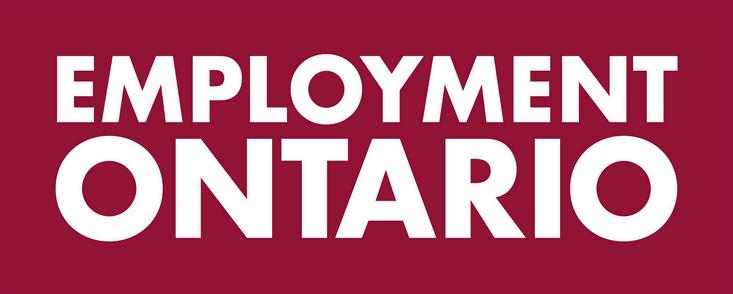What is the Brokered Incentive Agreement (BIA)?
Employers can receive financial assistance through the Brokered Incentive Agreement. This support can be used for things like hiring new employees, covering training costs, and dealing with any extra expenses that come with bringing in new staff. The money can also be used to pay part of the wages if it helps the employee reach their job goals. Additionally, financial support can be used for workplace anti-stigma training and other employer training on best practices for supervision/management of people with disabilities, Indigenous peoples, newcomers to Canada/asylum seekers, etc.
A Job Trial is a short-term (1 day to 4 weeks) paid placement allowing the client to learn about a specific job or industry. A job trial or job shadow helps clients gain a sense of job readiness and validate their work interests and skills.
The wage subsidy can be brokered for 4 to 12 weeks, depending on client and employer need, and is subsidized for up to 20 hours/week
Employers are paid the full incentive amount if the client works the agreed upon hours or more. If the client works less than 20 hours/week, the payment to employer may be pro-rated. Incentives can never be more than 100% of total wages
What employers can expect
Candidates that have been pre-screened to match your business needs
Assistance in identifying human resource needs.
Evaluation of a client's skills, abilities, and interests to match with the employer's business needs
Support in creating a practical work experience or on-the-job training plan that aligns with the workplace requirements.
Help in identifying and solving any workplace problems with the participant that could affect the employer's business goals.
Financial incentives to help cover some of the costs associated with onboarding, on-the-job training, and retention, when it's suitable and needed.
Terms & Conditions
The client must be employed and paid in accordance with the Employment Standards Act for the duration of the Agreement and comply with all applicable employment-related provincial/federal legislation.
Make all legally required employer and employee contributions and deductions in respect of the client including but not limited to CPP, EI, and provincial and federal income tax.
Maintain adequate employee coverage under the Workplace Safety and Insurance Act or alternative workplace safety insurance AND maintain adequate third-party liability coverage.
Submit proof of employment and hours worked (i.e. timesheet, pay stub/payroll summaries).
The employer must make paystub or payroll summaries available to the Service Provider for twelve months post-job start.
Inform the Service Provider immediately if the client is to be dismissed, or has quit, before the end of this Agreement The Service Provider and Employer must bring to the attention of the other party any difficulties the client is having in sustaining employment and work towards resolution and retention.
Inform the Service Provider immediately of any accident or injury to the client while on the job, and submit all documentation required by the Workplace Safety and Insurance Act/Workplace Safety and Insurance Board (WSIB) or alternative workplace safety insurance company.
The employer must not be receiving government funding from any other sources for this employment/client/agreement.
The employer must not hire his/her spouse, sibling, or child as an Employee under this Agreement.
If the terms of this agreement are not met, the subsidy/incentive payments will terminate immediately.
The BIA Total is paid in full if the client works the same or more hours in the employer payment period AND that the terms and conditions of this Agreement are met.
For employer payment periods where the client works less hours than the Agreement hours, the payment is prorated at the Agreement % of wage.
Additional terms & Conditions
In addition to the terms and conditions, employers must commit to: developing a relevant training/work experience plan that will help the clients achieve their labour market/employment goal and help the employer achieve their business goals, in conjunction with the service provider and client. providing feedback and assessments of a client’s skills level, where required placing the client on the company’s payroll, and providing the same employment terms, conditions, and benefits as for all regular employees.












